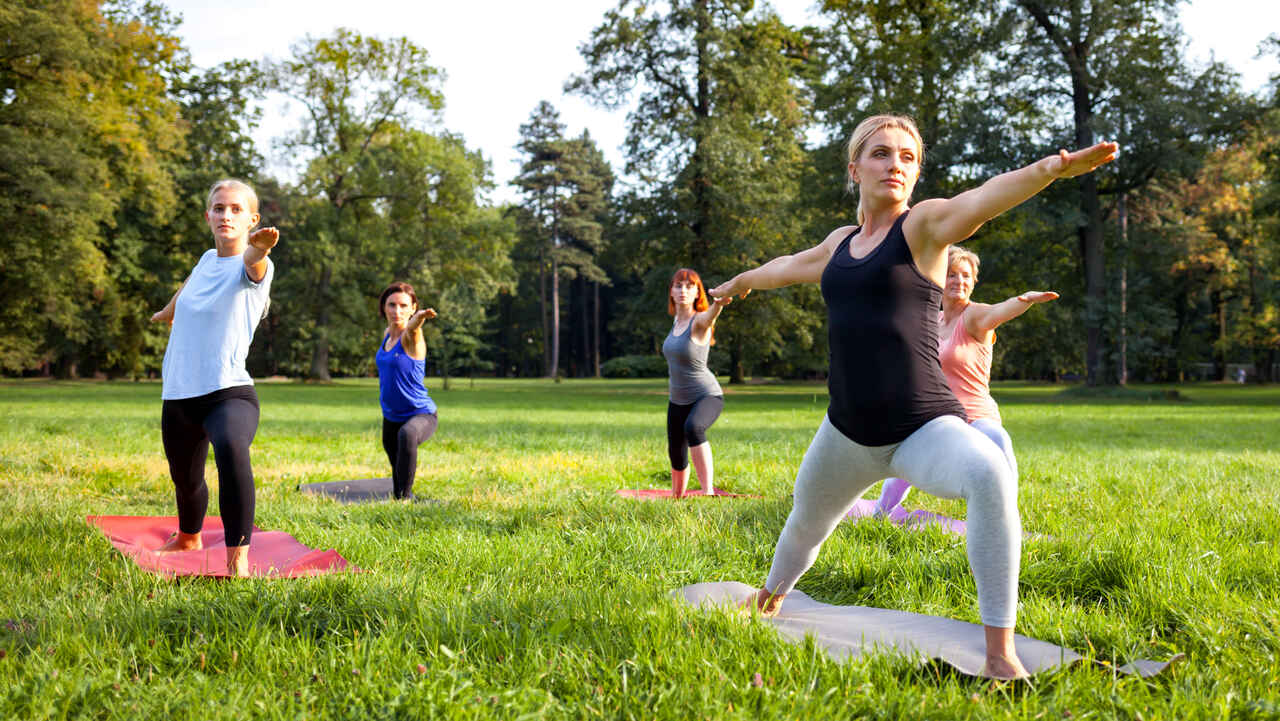
You can’t change all risk factors for osteoporosis, but here are ones you can do something about.
Osteoporosis is a disease that affects the strength of your bones. It occurs if your body has lost too much bone or isn’t effectively making enough new bone – or both. As a result, your bones weaken and can break easily if you fall.
For most adults, peak bone mass occurs around age 35. That’s when bones, which are living tissue, reach their maximum strength and density levels. After that, bone mass begins declining slowly over the years. This happens for both men and women, but bone density declines at a more rapid pace in women after menopause.
“Age appropriate screening bone density test should be part of our routine health physical, and if abnormal, then treatment should be discussed to prevent a bone break from occurring. Studies suggest that 1 out of every 2 women will eventually break a bone. These fractures can be serious. Adequate calcium and vitamin D intake, along with living an active lifestyle, is important, but anti-resorptive medications play a big part in preventing fractures.”
Age is one risk factor for osteoporosis that you obviously can’t control. You also can’t do much to change some other risk factors, like having a family history of osteoporosis or frequent bone breaks; having a small body frame (bones in people with small frames are usually lighter and thinner); or the age of menopause. But there are a number of risk factors you can control when it comes to preventing or delaying osteoporosis. These include:
Diet
Our bones require specific nutrients to develop properly and to remain healthy and strong in our later years. These vitamins and minerals include not only calcium, but many other bone-supporting nutrients such as phosphorus, potassium, magnesium, zinc, manganese, copper, protein, and vitamins D, K, C and A. To get more of these nutrients in your diet, include these foods:
-
- Dark leafy greens: Just one cup of cooked turnip greens contains about 200 milligrams of calcium, which is about 20% of an adult’s recommended daily intake.
- Sweet potato: Contains magnesium and potassium, which neutralizes the acids in your body that can leach calcium from your bones.
- Citrus fruits: One whole grapefruit, for example, can provide the entire daily requirement of vitamin C.
- Figs: Whether dried or fresh, they contain beneficial amounts of calcium, potassium and magnesium.
- Prunes: The real bone magic seems to come from this dried fruit’s combo of vitamin K, magnesium, potassium, boron and other antioxidants that can help reduce bone loss.
- Salmon and other fatty fish: These are all good sources of vitamin D and omega-3 fatty acids.
- Almond butter: Contains high amounts of calcium and potassium.
- Plant-based milks: Almond, coconut and oat milks are fortified with essential vitamins and minerals.
- Tofu and other vegetarian proteins: Check the label to make sure they’re enriched with calcium.
- Milk and dairy products: When it comes to strengthening bones, dairy products are superstars because they contain lots of calcium.
Exercise
For building and maintaining bone density – and therefore helping to ward off the onset of osteoporosis – the two most beneficial types of exercises are:
-
- Weight-bearing exercises, which use your own body weight. These include activities like walking, jogging, aerobics, tennis and dancing.
- Strength- or resistance-training exercises, like pushups, squats and lifting weights. These exercises naturally put strain on the bones, which helps make them stronger.
Doing any of these exercises regularly can also improve balance and coordination, which helps prevent the falls that can cause broken bones. Other beneficial exercises for improving balance include yoga, standing on one leg and Tai Chi.
Lifestyle Choices
To help ward off osteoporosis, cut back on alcohol and cigarettes. Studies show that chronic, heavy alcohol consumption, especially when begun in adolescence or young adulthood, can severely compromise bone health and increases the risk of developing osteoporosis. Smokers are also reportedly at a higher risk for developing osteoporosis, since nicotine can affect the way bone-strengthening calcium is absorbed from calcium-rich foods.
Copyright 2021 © Baldwin Publishing, Inc. All rights reserved.
Health eCooking® is a registered trademark of Baldwin Publishing, Inc. Cook eKitchen™ is a designated trademark of Baldwin Publishing, Inc. Any duplication or distribution of the information contained herein without the express approval of Baldwin Publishing, Inc. is strictly prohibited.
Date Last Reviewed: March 15, 2021
Editorial Review: Andrea Cohen, Editorial Director, Baldwin Publishing, Inc. Contact Editor
Medical Review: Jane Schwartz, RD
Learn more about Baldwin Publishing Inc. editorial policy, privacy policy, ADA compliance and sponsorship policy.
No information provided by Baldwin Publishing, Inc. in any article is a substitute for medical advice or treatment for any medical condition. Baldwin Publishing, Inc. strongly suggests that you use this information in consultation with your doctor or other health professional. Use or viewing of any Baldwin Publishing, Inc. article signifies your understanding and agreement to the disclaimer and acceptance of these terms of use.